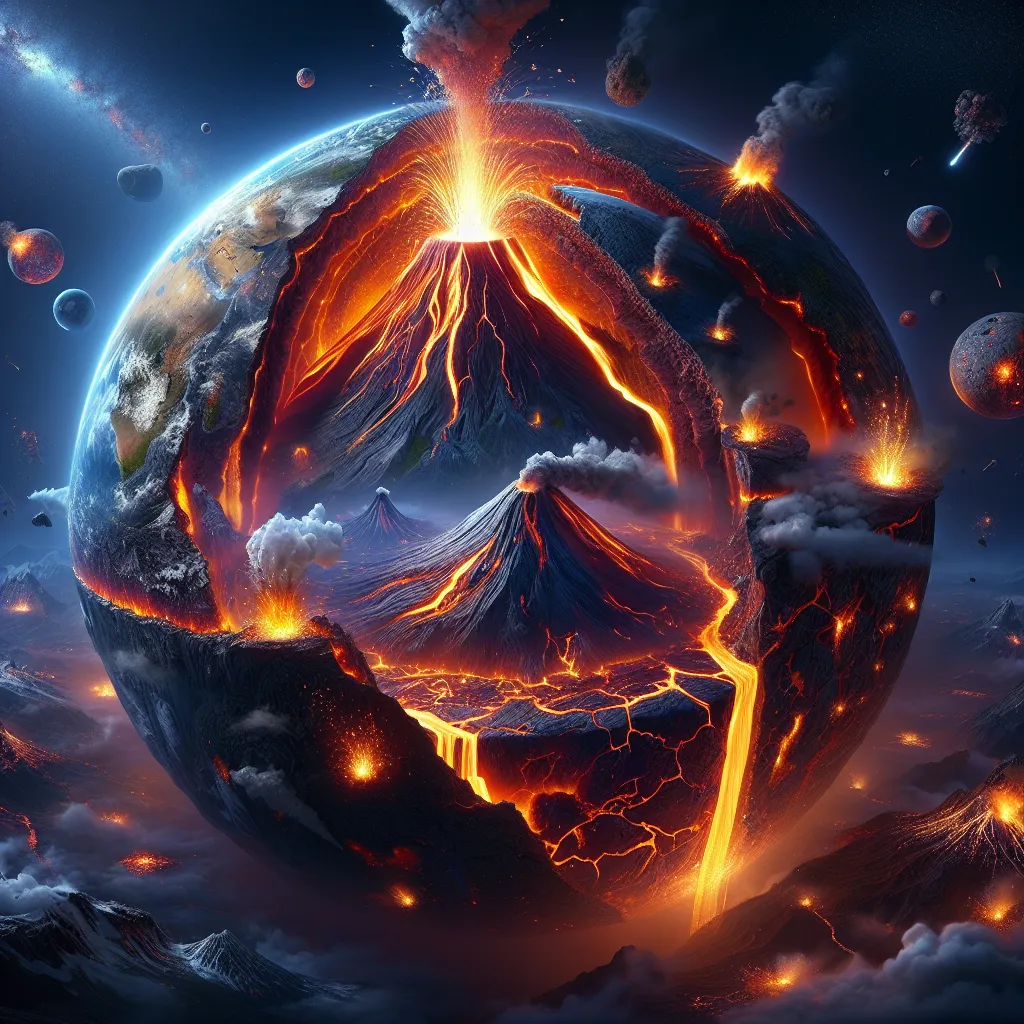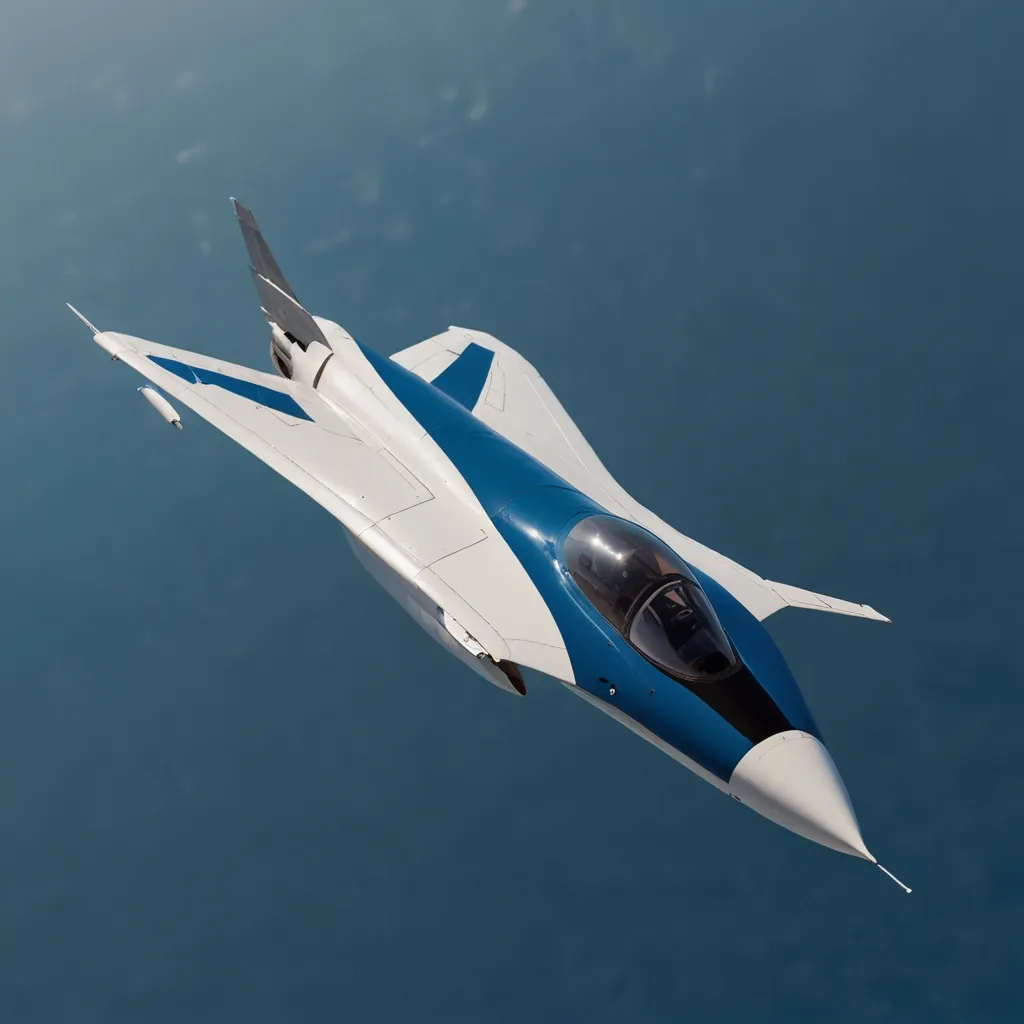Earth is this massive ball of semi-molten rock with a scorching iron core as hot as the sun. This immense heat, remnant from its formation and radioactive decay, has no escape but upward. Huge currents of rock carry this energy to the surface, with the Earth’s crust acting as a fragile barrier—a mere apple skin over a boiling behemoth. True catastrophes can crack through, causing eruptions far more powerful than all our nuclear weapons combined, changing the climate in a single year and engulfing continents in toxic ash and gases.
Volcanoes come in various forms, from towering mountains to lava domes, primarily originating at tectonic plate boundaries. Earth’s crust is a giant jigsaw puzzle with plates drifting against each other at up to 15 cm per year. These plates undergo a titanic battle; the winning plate becomes a mountain range, while the losing plate sinks beneath into a superheated ocean of rock.
Tectonic plates, in contact with water for thousands of years, absorb some, and as they are submerged, this water triggers chemical changes that melt rock into magma. Less dense than solid rock, magma rises in bubbles, accumulating beneath the crust until it’s powerful enough to erupt as a volcano. This can be seen as a final vengeance from the descending plate.
Another source of volcanoes is mantle plumes—columns of exceptionally hot rock rising from the core-mantle boundary to the surface. These plumes break through the crust, creating volcanoes wherever they wish, independent of tectonic plate boundaries.
The Volcanic Explosivity Index (VEI) measures eruption volumes on a scale. A VEI-2 eruption could fill 400 Olympic swimming pools with lava, with around 10 such eruptions a year. A VEI-3 eruption, like the Semaru volcano in 2021, devastates areas. At VEI-5, we’re talking about massive explosions, such as the 2022 Hunga Tonga eruption, which sent shockwaves multiple times around the globe and produced tsunamis.
Stepping up to VEI-6, eruptions can change the world. The 1883 Krakatoa eruption, for instance, produced the loudest sound ever recorded and cooled the global temperature by nearly 0.5°C. VEI-7 eruptions, like Mount Tambora in 1815, are even more catastrophic, affecting global weather and agricultural production, leading to mass starvation.
So, what about supervolcanoes? A media-coined term, not scientific, supervolcanoes don’t always produce super eruptions. These volcanoes build pressure over hundreds of thousands of years in colossal magma reservoirs. When they erupt, the explosion sends billions of tons of gas and ash into the atmosphere, triggering global climatic changes. However, such eruptions are rare, occurring roughly every 177,000 years.
For example, the Taupo eruption in New Zealand 26,500 years ago profoundly impacted the southern hemisphere’s climate. But even that pales compared to the Lake Toba eruption 74,000 years ago, which drastically cooled the planet and possibly caused a volcanic winter lasting a decade.
The largest volcanic events we know of were not explosions but extensive lava floods, like the Siberian Traps 250 million years ago, which led to the extinction of 90% of life on Earth. Luckily, nothing of that magnitude has occurred for millions of years.
So, should we fear supervolcanoes? While Yellowstone and others will erupt again, a massive, civilization-wiping eruption is unlikely anytime soon. We have less than a 2% chance of a VEI-8 eruption in the next few centuries. Vigilance through monitoring magma movements and ground swelling can provide early warnings, saving lives.
Moreover, volcanic activity might become beneficial as we learn to harness geothermal energy from these magma reservoirs. With humanity’s ingenuity, like redirecting asteroids, we can tackle these challenges. So don’t lose sleep over an angry Earth; we’ve got this.






